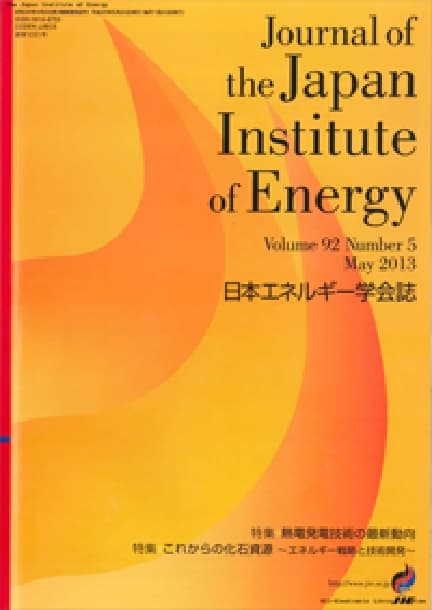Leaching Behavior of the Boron and Fluorine in Fly Ashes Formed in Pulverized Coal Combustion
Naoto TSUBOUCHI, Kaoru SHIBUYA, Yuudai MUTO, Yasuo OHTSUKA
pp. 1166-1172
DOI:
10.3775/jie.89.1166Abstract
Leaching behavior of the boron (B) and fluorine (F) present in fly ashes formed in pulverized coal combustion has been studied with a batch-type quartz vessel under the conditions of 25 °C and a solution to solid ratio of 100 ml/g according to the Dutch Standard NEN 7341 method (availability test). When each ash sample is stirred in ultra pure water without any acids, the pH of the resulting aqueous mixture is as high as 11-12 in every case, whereas the leaching of B-containing ions or F- ions depends strongly on the type of the ash, and the corresponding leaching extent after 60 min-stirring is in the range of 20 % to 65 % and 15 % to 45 %, respectively. In the experiments at a constant pH of 1.5-9.0 of a fly ash with relatively-high B (1000 μg/g-dry) and F (130 μg/g-dry) contents, more than 70 % of B in the ash is leached rapidly within 10 min, and the rate is larger at a lower pH condition. The leaching of F- ions also occurs within 10 min, and the extent depends significantly on pH and increases in the order of pH 9.0 (32 %) ≈ pH 5.6 (35 %) < pH 1.5 (72 %) < pH 3.0 (80 %). The concentration of the B or F present in each ash sample after acid leaching at pH 1.5 - 2.0 is less than the corresponding regulation limit for water pollution. Several factors determining the leachability of these elements are investigated.
Readers Who Read This Article Also Read
Journal of the Japan Institute of Energy Vol.89(2010), No.11
Journal of the Japan Institute of Energy Vol.89(2010), No.12
Journal of the Japan Institute of Energy Vol.89(2010), No.10










